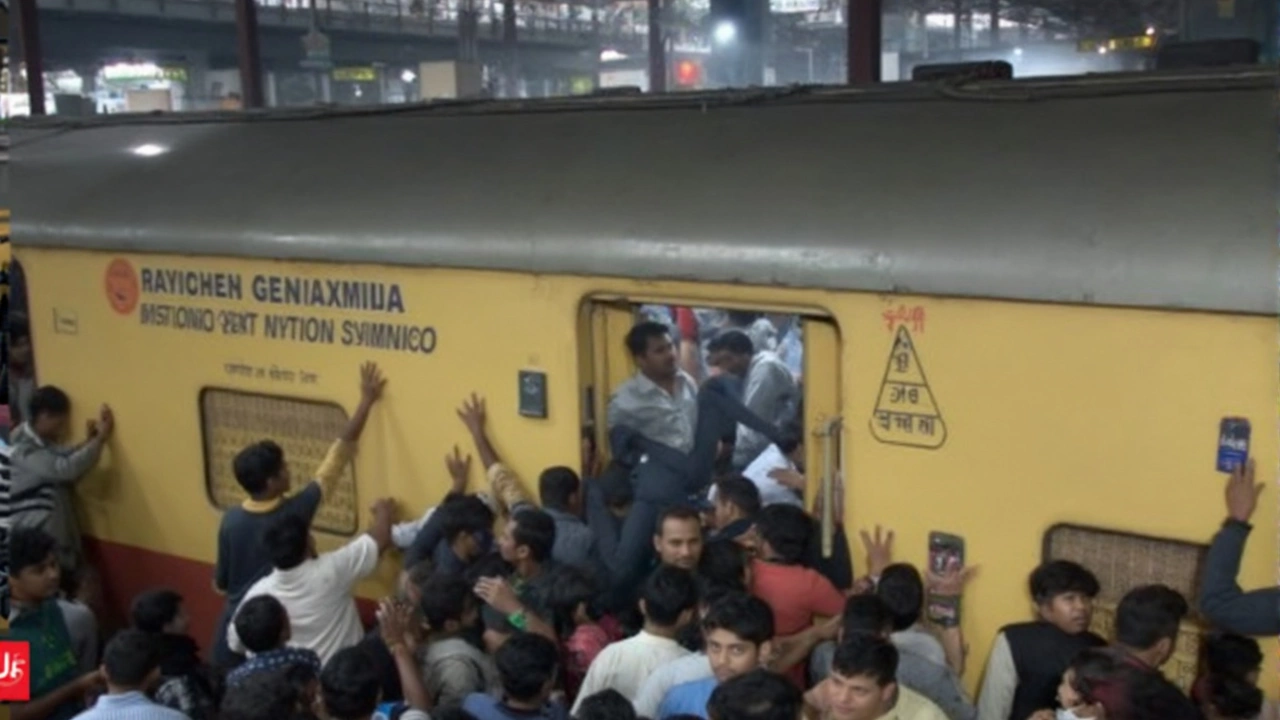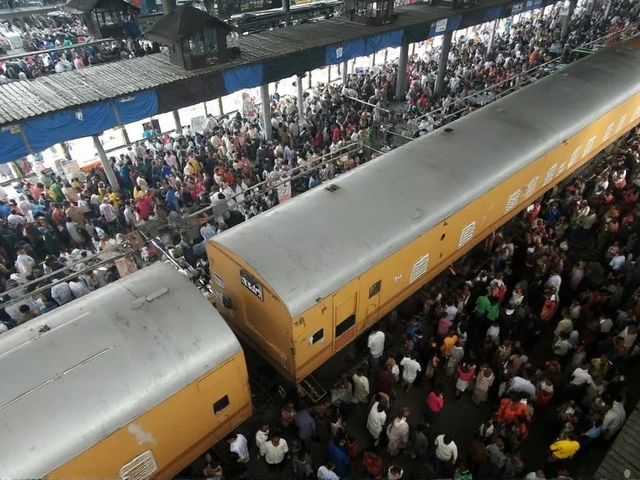Overcrowding Issues: What Happens and How to Deal With Them
Ever felt squashed in a subway, a market, or a classroom? That uncomfortable squeeze is more than a nuisance – it’s an overcrowding issue that can affect safety, health, and productivity. In this guide we’ll break down why crowds get so dense and give you practical tips you can use right away.
Why Overcrowding Happens
First, it’s useful to know the main drivers. In cities, rapid population growth pushes more people into the same streets, buses, and buildings. Employers often schedule shifts that overlap, creating rush‑hour spikes. Schools and events stick to fixed capacities, but they still attract more attendees than the space can comfortably hold.
Another hidden factor is poor planning. When a venue doesn’t have enough exits, wide walkways, or clear signage, even a moderate crowd can feel chaotic. Finally, cultural habits matter – people tend to bunch together for social reasons, like lining up for a popular food stall or gathering around a street performer.
Practical Ways to Reduce Overcrowding
Now that you know the why, let’s look at the how. Here are five simple actions you can start using today:
1. Choose Off‑Peak Times. If you can shift your commute, grocery run, or gym visit to a quieter hour, you’ll avoid the bulk of the crowd. Apps that show real‑time traffic or store footfall can help you find the sweet spot.
2. Use Alternative Routes. A side street or a different bus line might be less packed. Even walking a few blocks can cut down on the time you spend shoulder‑to‑shoulder with strangers.
3. Plan Ahead for Events. Register early, pick seats with extra space, or arrive early to get a better spot. Many venues now offer timed entry slots to spread out attendees.
4. Communicate With Organizers. If you notice a space getting too crowded, let the staff know. Most managers appreciate feedback and can adjust flow or open extra exits.
5. Keep Essentials Ready. Carry a water bottle, a mask, and a small hand sanitizer. When you’re prepared, you won’t have to pause in a tight spot waiting for supplies.
On a bigger scale, cities can invest in better public transport, create more pedestrian zones, and enforce crowd‑control guidelines during large gatherings. Employers can stagger shifts, and schools can adopt hybrid learning to thin out classroom numbers.
For you, the key is awareness. Notice when and where you usually hit the worst crowds, then try one of the tricks above. Even a small change, like leaving a train a station earlier, can make a big difference in how comfortable you feel.
Remember, overcrowding isn’t inevitable. With a bit of planning and some smart choices, you can keep your day moving smoothly and stay safe in busy spaces.
New Delhi Railway Stampede: Unpacking the Tragic Events and Their Fallout
On February 15, 2025, a tragic stampede at New Delhi Railway Station took 18 lives as the platform struggled with overwhelming crowds heading to the Maha Kumbh Mela. Investigations are underway as authorities face criticism over handling the incident.





